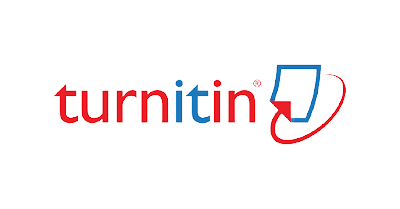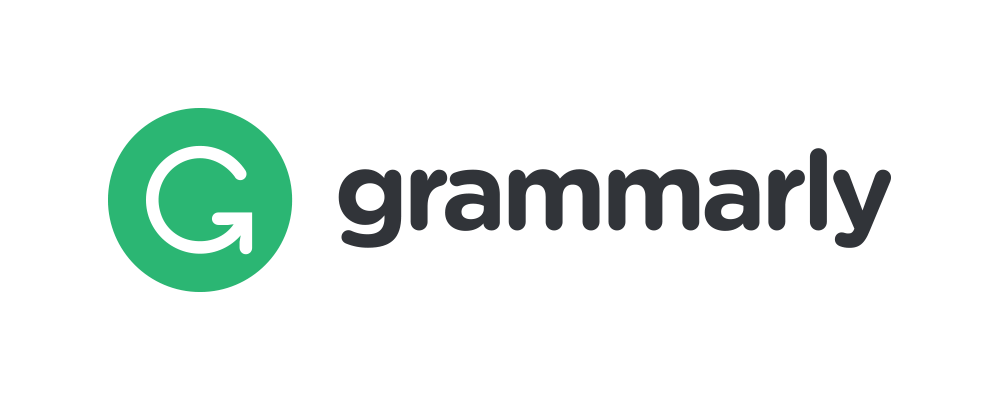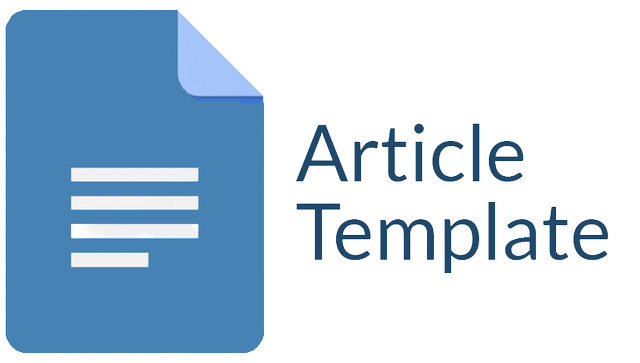PENGARUH PENGGUNAAN MEDIA PEMBELAJARAN MICROSOFT POWERPOINT TERHADAP HASIL BELAJAR MATEMATIKA SISWA PADA MATERI SEGITIGA KELAS VII MTS RAUDLATUT THALIBIN
Abstract
In this study, the goal to be achieved is to determine whether there is an influence of the use of Microsoft PowerPoint learning media on students' mathematics learning outcomes in class VII MTs Raudlatut Thalibin triangle material. After analyzing the data and testing the hypothesis, the value of the correlation coefficient level between the use of Microsoft PowerPoint learning media (X) and learning outcomes (Y) is 0.678. In testing the hypothesis the result is that there is a high influence between the use of Microsoft PowerPoint learning media and student learning outcomes. Then prove the working hypothesis (Ha) using the F test, Ha will be proven if Fcount is greater than Ftable with a significant level of 5%. The Fcount is 32.240 while the F-table is 4.098 at N = 40, meaning that Fcount is greater than Ftable so that it is said that there is a significant influence between the use of Microsoft PowerPoint learning media on learning outcomes. The effective contribution or influence of the use of Microsoft PowerPoint learning media on learning outcomes is 45.91% in class VII students of MTs Raudlatut Thalibin
Downloads
References
Anyan, A., Ege, B., & Faisal, H. (2020). Pengembangan Media Pembelajaran Interaktif Berbasis Microsoft Power Point. JUTECH : Journal Education and Technology, 1(1). https://doi.org/10.31932/jutech.v1i1.690
Hasanah, N., Ambarsari, I. F., Surur, M., Darmawati, E. S., & Rakhman, F. (2022). Training Motivasi Belajar Matematika Berbasis Thinking Smart Game pada Siswa MI Multiple Sarina Info Artikel Abstrak dalam meningkatkan kualitas pendidikan di Indonesia [ 1 ]. Bangsa ini telah jenjang dan tingkat pendidikan , agar diperoleh sumber daya ma. 1(2), 62–68.
Nurhasanah, S., & Sobandi, A. (2016). Minat Belajar Sebagai Determinan Hasil Belajar Siswa. Jurnal Pendidikan Manajemen Perkantoran, 1(1), 128. https://doi.org/10.17509/jpm.v1i1.3264
Nuryami, N., Janan, T., & Hasanah, N. (2022). the Influence of Realistic Mathematics Education on Year 8 Students’ Spatial Ability of Cuboids and Cubes. Kalamatika: Jurnal Pendidikan Matematika, 7(1), 69–84. https://doi.org/10.22236/kalamatika.vol7no1.2022pp69-84
Arief, S., Sadiman, Rahardjo, Haryono, Anung., Rahardjito. 2012. Media Pendidikan. Jakarta: Raja Grafindo Persada.
Arikunto, Suharsimi. 2014. Prosedur Penelitian. Jakarta: Rineka Cipta.
Arsyad, Azhar. 2009. Media Pembelajaran. Jakarta: Raja Grafindo Persada.
Elpira, Nira. And Ghufron, Anik. 2015. “Pengaruh Penggunaan Media PowerPoint terhadap Minat dan Hasil Belajar IPA siswa kelas IV SD”. Jurnal Inovasi Teknologi Pendidikan. Vol. 02 No. 01. Pp. 94-104.
Darmawan, Deni. 2014. Metode Penelitian Kuantitatif. Bandung: Remaja Rosdakarya.
Erik. 2016. “Pengaruh Penggunaan Media Pembelajaran Multimedia terhadap Hasil Belajar Matematika siswa kelas VIII pada materi Limas di Mts Patra Mandiri Palembang”. Skripsi Sarjana Pendidikan, UIN Raden Fatah Palembang.
Hakim, Thursan. 2011. Belajar secara efektif. Jakarta: Puspa Swara.
Hartono, Suparlan. 2008. Filsafat Pendidikan. Yogyakarta: Ar-ruzz Media.
Hasyim, M. 2011. Buku Pintar Microsoft Office. Jakarta: Kriya Pustaka.
Huda, Miftahul. 2016. Model-model Pengajaran dan Pembelajaran. Yogyakarta: Pustaka Pelajar.
Kartika, Erna. 2015. “Penggunaan Media PowerPoint untuk meningkatkan Hasil belajar mata pelajaran IPS siswa di kelas VI SDN Kaliasin VII Surabaya”. JPGSD. Vol. 03 No. 02. Pp.157-158.
Munadi, Yudhi. 2013. Media Pembelajaran. Jakarta: Press Group.
Munir. 2012. Multimedia Konsep dan Aplikasi dalam Pendidikan. Bandung: Alfabeta.
Sanjaya, Wina. 2016. Strategi Pembelajaran Berorientasi Standart Proses Pendidikan. Jakarta: Prenadamedia Grup.
Sarwono, Jonathan. 2010. Pintar Menulis Karangan Ilmiah. Yogyakarta: Andi Yogyakarta.
Setiawan, Ibnu. 2014. “Pengaruh Penggunaan Media Pembelajaran Alat Peraga terhadap Hasil Belajar Matematika materi kubus dan balok pada siswa kelas VIII”. Skripsi Sarjana Pendidikan, UIN Malang.
Soyomukti, Nurani. 2015. Teori-teori Pendidikan. Yogyakarta: Ar-ruzz Media.
Sugiyono. 2014. Metode Penelitian Pendidikan Pendekatan Kuantitatif, Kualitatif, dan R&D. Bandung: Alfabeta.
Syamsudin, Ahmad. 2015. “Pengaruh Penggunaan Multimedia Pembelajaran terhadap Hasil Belajar Matematika materi Statistika siswa kelas VII SMP Negeri 1 Suboh Kabupaten Situbondo Tahun Pelajaran 2014/2015”. Skripsi Sarjana Pendidikan, STKIP PGRI Situbondo.
Tirtiana, Chandra Putri. 2013. “Pengaruh Kreatiiftas Belajar, Penggunaan Media Pembelajaran PowerPoint dan Lingkungan Keluarga terhadap Hasil Belajar Mata Pelajaran Akuntansi pada siswa kelas X Akt SMK Negeri 2 Blora Tahun Ajaran 2012/2013”. Economic Education Analysis Journal. Vol. 02 No. 02. Pp. 16-17.
Usman, Husaini., dan Akbar, Purnomo Setiady. 2003. Pengantar Statistika. Jakarta: Bumi Aksara.
Copyright (c) 2024 Tri Astindari, Irma Noervadila, Nur Hasanah

This work is licensed under a Creative Commons Attribution-ShareAlike 4.0 International License.
Jurnal allows anyone to compose, correct, and do derivative works, even for commercial purposes, as long as they credit for the original work. This license is the freest. It is recommended for maximum distribution and use of licensed material.
The submitted paper is assumed not to contain any proprietary materials that are not protected by patent rights or patent applications; The responsibility for technical content and protection of proprietary materials rests with the authors and their organizations and not the responsibility of journal or its editorial staff. The primary (first/appropriate) author is responsible for ensuring that the article has been viewed and approved by all other authors. The author's responsibility is to obtain all necessary copyright waivers to use any copyrighted material in the manuscript before submission.
Jurnal Pendidikan, Sains dan Teknologi allows the author(s) to hold the copyright without restrictions and allow the author(s) to retain publishing rights without restrictions. Jurnal Pendidikan, Sains dan Teknologi CC-BY-SA or an equivalent license as the optimal license for the publication, distribution, use, and reuse of scholarly work. Jurnal Pendidikan, Sains dan Teknologi allows the author(s) to hold the copyright without restrictions and allow the author(s) to retain publishing rights without restrictions. Jurnal Pendidikan, Sains dan Teknologi CC-BY-SA or an equivalent license as the optimal license for the publication, distribution, use, and reuse of scholarly work.
In developing strategy and setting priorities Jurnal Pendidikan, Sains dan Teknologi recognize that free access is better than priced access, libre access is better than free access, and libre under CC-BY-SA or the equivalent is better than libre under more restrictive open licenses. We should achieve what we can when we can. We should not delay achieving free in order to achieve libre, and we should not stop with free when we can achieve libre.
Jurnal Pendidikan, Sains dan Teknologi is licensed under a Creative Commons Attribution-ShareAlike 4.0 International License.
You are free to:
- Share a copy and redistribute the material in any medium or format
- Adapt a remix, transform, and build upon the material for any purpose, even commercially.
- The licensor cannot revoke these freedoms as long as you follow the license terms.






